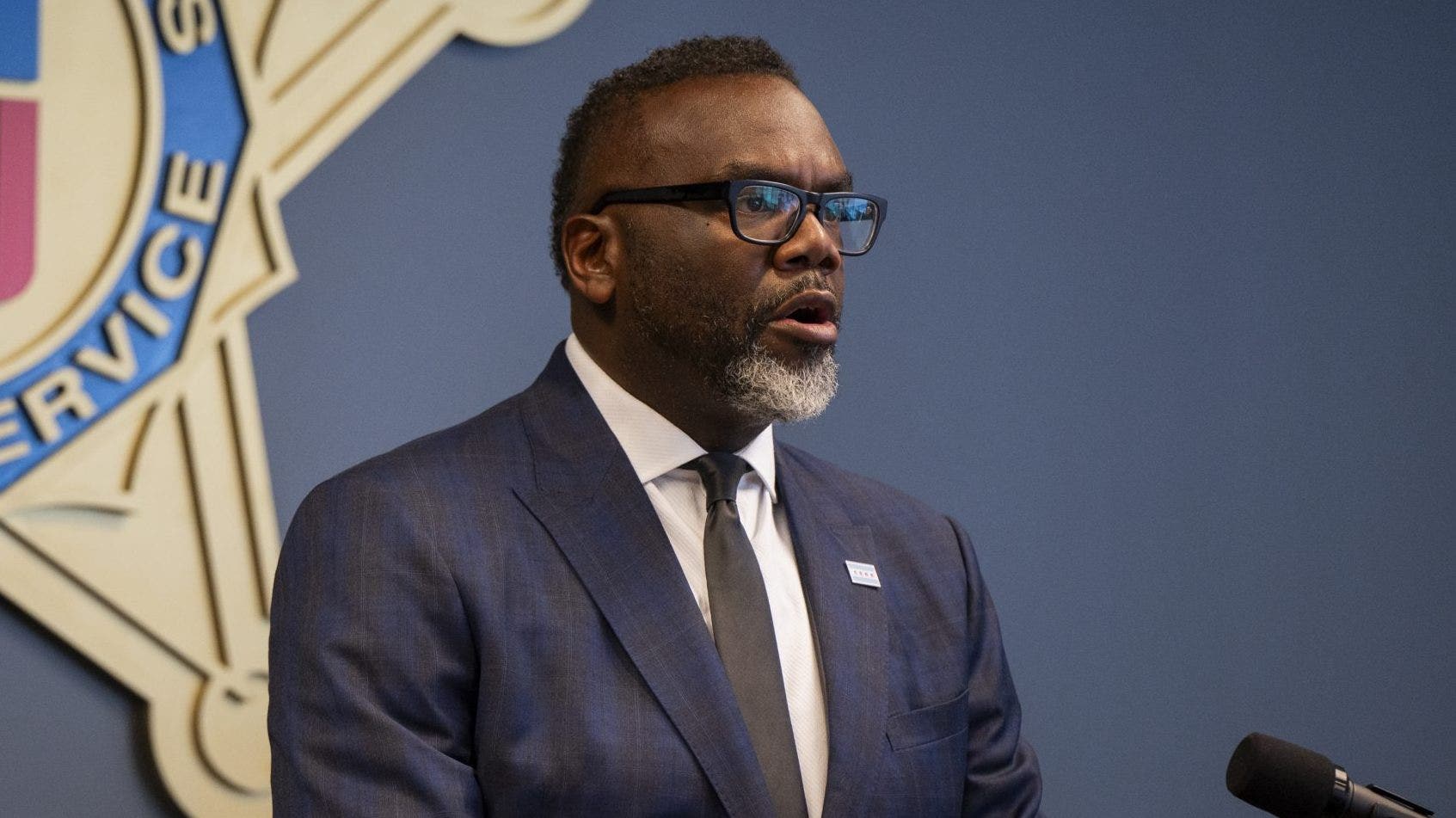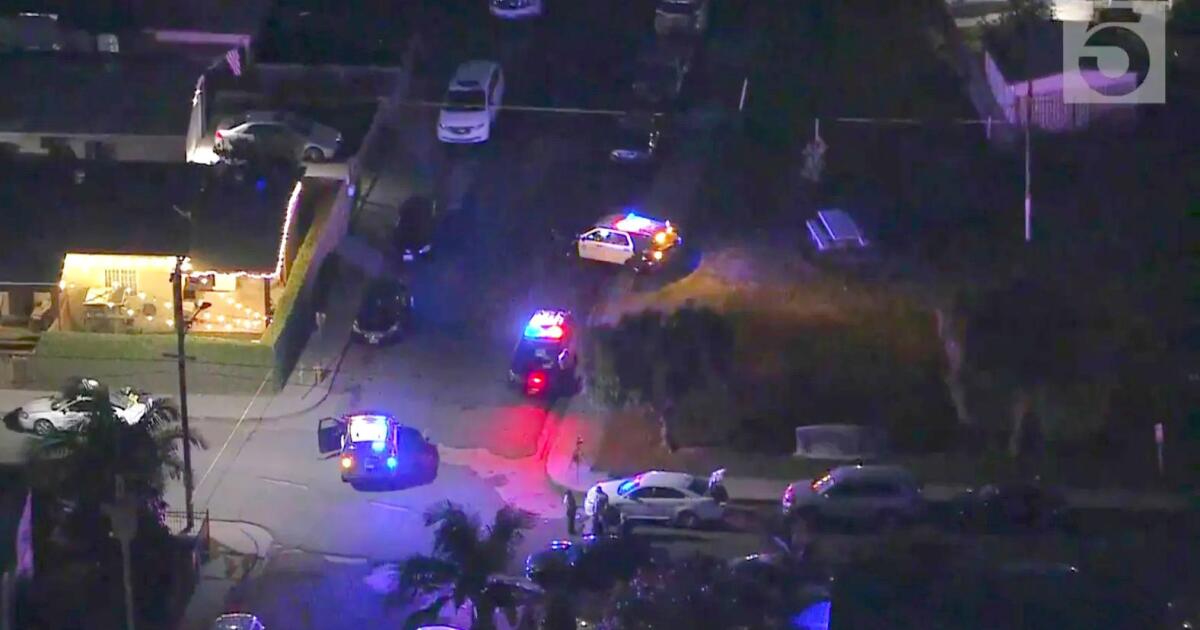COVID cases continue to rise this summer, and their spread is fueled by people continuing to go to work or travel while sick.
“People are certainly trying to get back to their pre-pandemic lives,” said Dr. Elizabeth Hudson, regional chief of infectious diseases for Kaiser Permanente Southern California. “We’re in a different place than we were before… But we must not forget common sense.”
While COVID is less severe for most people than it was during the early years of the pandemic (thanks to vaccines and past infections) and recommendations about how to stay safe have become less strict, doctors say it’s still important for sick people to avoid putting others at risk.
A new group of subvariants, called FLiRT, is estimated to be 20% more transmissible than last winter’s dominant variant, JN.1. And they are increasingly dominating the country: During the two-week period ending July 6, an estimated 70.5% of COVID samples nationwide were of the FLiRT subvariants, officially known as KP.3, KP.2 and KP.1.1, up from 54.9% the month before.
It's clear that Americans' concerns about COVID have diminished.
A Gallup poll conducted in March found that Americans are less worried about contracting COVID: 20% of U.S. adult respondents said they were “very or somewhat worried about getting COVID-19.” That figure is similar to the historic lows in mid-2021 (amid initial enthusiasm about the pandemic’s demise following the introduction of vaccines, but before the Delta variant emerged) and mid-2023, and is well below the 55% to 59% of respondents who feared falling victim to the disease in 2020.
A recent Pew survey found similar attitudes: Only 20% of Americans said they consider COVID a major health threat, and 10% of respondents said they were “worried about getting it and requiring hospitalization.”
And while COVID-19 vaccination rates were relatively robust in the early years of the pandemic, interest in booster shots has waned. As of September 2022, 80% of Californians ages 12 and older had completed their primary COVID-19 vaccination series. Now, 36.7% of the state’s seniors ages 65 and older have received a catch-up dose since the last version became available in September, as have 18.5% of those ages 50 to 64 and 10% of younger adults ages 49 and younger.
How to stay safe right now
The most important recommendation is common sense: stay home and away from other people if you are sick. Symptoms of a respiratory virus can include fever, aches, sore throat, chills, fatigue, cough, runny nose, and headache.
Vomiting, diarrhea and stomach pain are less common but very real symptoms of COVID-19. COVID as a disease is “like an inflammatory bomb,” Hudson said, “and our immune response is very different from that of other diseases.” [gastrointestinal] “The immune system will obviously be affected by anything that causes a lot of inflammation, and that manifests as nausea, vomiting and diarrhea.”
People can resume normal activities 24 hours after their symptoms have improved and they are fever-free without using medications like Tylenol or Advil, according to the U.S. Centers for Disease Control and Prevention.
But the agency also recommends taking extra precautions for five more days to avoid infecting others, such as wearing a mask, opening windows to improve air circulation, washing hands frequently, keeping distance from others and continuing to get tested. People should be especially cautious about infecting others during this time if they continue to test positive even after feeling better.
“You should continue to wear a mask … and if you’re going to be around people, try to do it outside” during that time, Hudson said. The respirators that offer the most protection are called N95s, followed by KN95 and KF94 models. Surgical masks, which are typically blue, provide more protection than cloth masks. The best mask is one that can be worn consistently, health officials say, and also fits snugly on the face and has a high-quality filter.
“If you don’t feel well, it’s best to stay home,” he added. “And if you don’t feel well, it’s best to get tested for COVID-19.”
The CDC says if you never had symptoms but tested positive, you don't need to isolate yourself, but you can still be contagious and should take extra precautions, such as wearing a mask around other people, for at least five days.
The Los Angeles County Department of Public Health suggests that infected people who are symptomatic get a negative test result before leaving isolation. The agency also suggests that infected people, whether or not they have symptoms, wear a mask around others for 10 days after they start feeling sick or, if they are asymptomatic, after their first positive test result. However, they can remove the mask sooner if they have two consecutive negative tests at least one day apart.
Avoid high-risk people
Los Angeles County also suggests that those who are infected avoid contact with high-risk individuals, such as the elderly and immunocompromised, for 10 days after the onset of symptoms or their first positive test result.
If patients recover and then get sick again, they may have a COVID surge and need to stay home.
The guidelines for staying home when sick may seem obvious, but in practice, many people find them difficult to follow.
But one sick person who spreads COVID can have a cascade of consequences and create resentments that last for years. And some people can get seriously ill even if they catch it from someone who has mild, if any, symptoms.
Older people, those who are immunocompromised and those who are not up to date on their vaccinations are at higher risk of dying from COVID-19. Hundreds of people across the country continue to die from COVID-19 every week.
COVID may take time to appear
It may take a few days for COVID levels to multiply enough for a home test to detect the virus in a newly infected person.
The U.S. Food and Drug Administration recommends repeat testing after a negative result, noting: “People should use multiple tests over a period of time,” such as a few days.
“One COVID test is not enough to be convinced that you don’t have the disease,” Hudson said. If your initial test is negative, “you need to retest … for three to five days. Try to get tested every other day to see if you can detect that you actually have COVID.”
It's important to know if you have COVID, she added. This could change how you isolate yourself or alter your decision to wear a mask. It's entirely possible for someone with cough and cold symptoms to test negative for COVID and feel better the next day, but “that doesn't necessarily mean they don't have COVID,” Hudson said. People can be contagious with COVID even after they start to feel better.
“Public health concerns all of us, and it’s not just about making sure that only you are well,” she said. “By getting tested, you are really helping your community at large stay healthy.”
If you come into close contact with someone with COVID, Los Angeles County health officials suggest you wear a mask around others for 10 days after your last exposure, especially if you have contact with high-risk individuals. Additionally, you should get tested three to five days after your last exposure.
Risk reduction
People can take steps to reduce their risk of getting COVID during the summer surge. Get the latest COVID vaccine. Wear masks in indoor public spaces and on flights and other forms of public transportation. When dining at restaurants, do so outdoors or at least near a door or window where there is a cool breeze or where you can feel good air ventilation.
And when it comes to navigating difficult situations, such as whether to attend a wedding or other important event if you have COVID, Hudson has some recommendations.
“If you have tested positive for COVID and you feel sick … then you should not participate in any of the activities,” she said. “But if you feel better and you know you don’t have a fever and you’re not using Tylenol or Advil to mask the fever, that’s what I would call a risk-benefit situation.”
Still, she said, “if you absolutely feel that you must participate in that activity and you feel well enough to do so, then you should wear a mask.”












